
A blog focusing on 1/64 diecast from such popular brands as Hot Wheels, Matchbox, Johnny Lightning, M2 Machines, GreenLight, Tomica, Yat Ming, Majorette, MotorMax, Siku, Corgi, Guisval, Playart, Ertl, Zylmex, Racing Champions, & many more. Swifty's Garage features a daily Car Of The Day and news updates from your favorite brands!
Wednesday, February 16, 2011
Car Of The Day: February 16, 2011
Today's car of the day comes from Bruce Slifer's collection and is Shrock Brothers' 1958 Packard Hawk.
The 1958 Packard Hawk was the sportiest of the four Packard-badged Studebakers produced in the final year of Packard production,. Packard's plant in Detroit, Michigan had been leased to Curtiss-Wright (and would be soon sold to them), and Packard models in this dying-gasp year were all rebadged and retrimmed Studebaker products. The 1958 Packard Hawk was essentially Studebaker's 1957 Golden Hawk 400 with a fibreglas front end and a modified deck lid.
Instead of the Studebaker Hawk's upright Mercedes-style grille, the Packard Hawk had a wide, low opening just above the front bumper and covering the whole width of the car. Above this, a smoothly sloping nose, and hood—reminiscent of the 1953 Studebakers, but with a bulge as on the Golden Hawk—accommodated the engine's McCulloch supercharger that gave the Studebaker 289 in³ (4.7 L) V8 a total of 275 bhp (205 kW). At the rear, the sides of the fins were coated in metallized PET film, giving them a shiny metallic gold appearance. A fake spare-tire bulge adorned the 1953-53-style Studebaker deck lid. 'PACKARD' was spelled out in capitals across the nose, with a gold 'Packard' emblem in script—along with a Hawk badge—on the trunk lid and fins.
The interior was full leather, with a fully instrumentation in an engine-turned dash. As on early aircraft and custom boats, padded armrests were mounted outside the windows, a rare touch.
For more information and pictures of the real car please visit: Packard Hawk
The only non-Studebaker to be featured this week, here we have the Studebaker-based Packard Hawk. The problem with Shrock Brothers cars is that you see them and you want them all, but purchasing one is a major decision, and I'm thinking that the next one to join my collection could be this one if there are any still available.
The styling was definitely controversial, often described as 'vacuum-cleaner' or 'catfish' by detractors. Interestingly, the styling has come to be appreciated more today than in its debut. Only 588 were sold, with Packard's impending demise a likely contributing factor. Most were equipped with the Borg-Warner three-speed automatic transmission. Approximately 28 were produced with the B-W T85 3-speed w/overdrive manual transmission. Studebaker-Packard was the first manufacturer to popularize the limited-slip differential, which they termed Twin-Traction. Most Packard Hawks came with TT. It was certainly the fastest Packard ever sold, since it shared the majority of its components with Studebaker's Golden Hawk. The price was $3995, about $700 higher than the Studebaker model, but with a more luxurious interior. Electric window-lifts and power seats were optional extras.
Its rarity and status as the best-regarded of the 'Packardbaker' final-year cars have made the Packard Hawk quite collectible. Values are roughly double those of the equivalent Studebaker, although they are still low by comparison with Corvettes and Thunderbirds. Because a Studebaker drivetrain was used, mechanical parts are more readily available, although body and trim parts are more difficult-to-impossible to find. While it is a unique car, current restoration costs almost always exceed the selling price.
Subscribe to:
Post Comments (Atom)
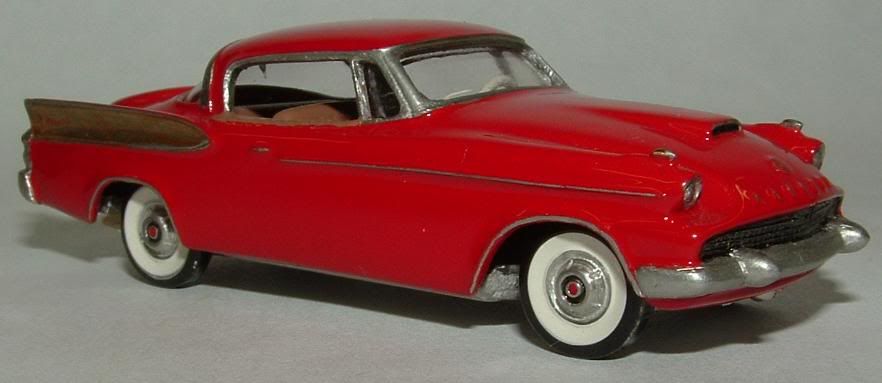
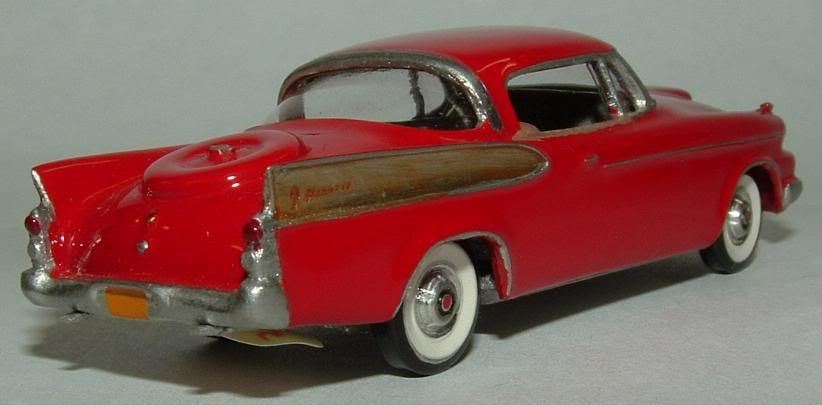

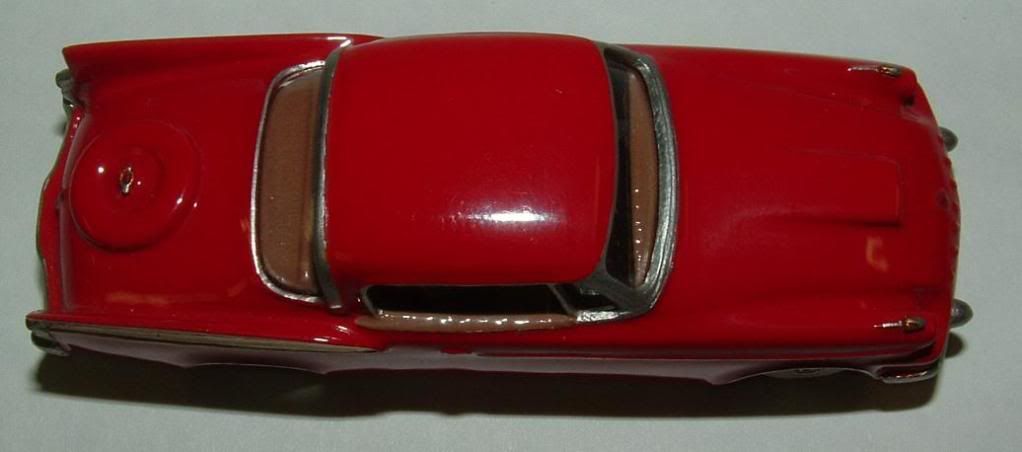
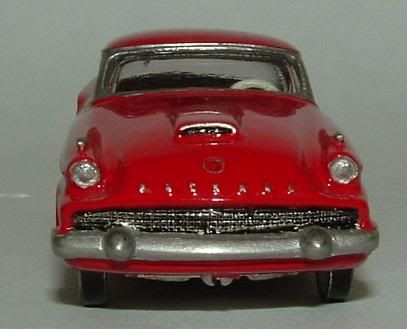
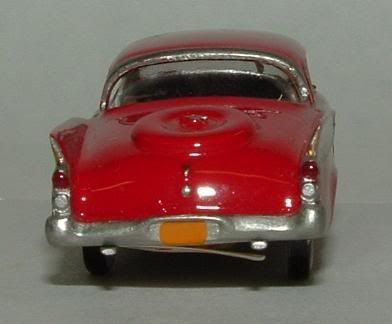
No comments:
Post a Comment